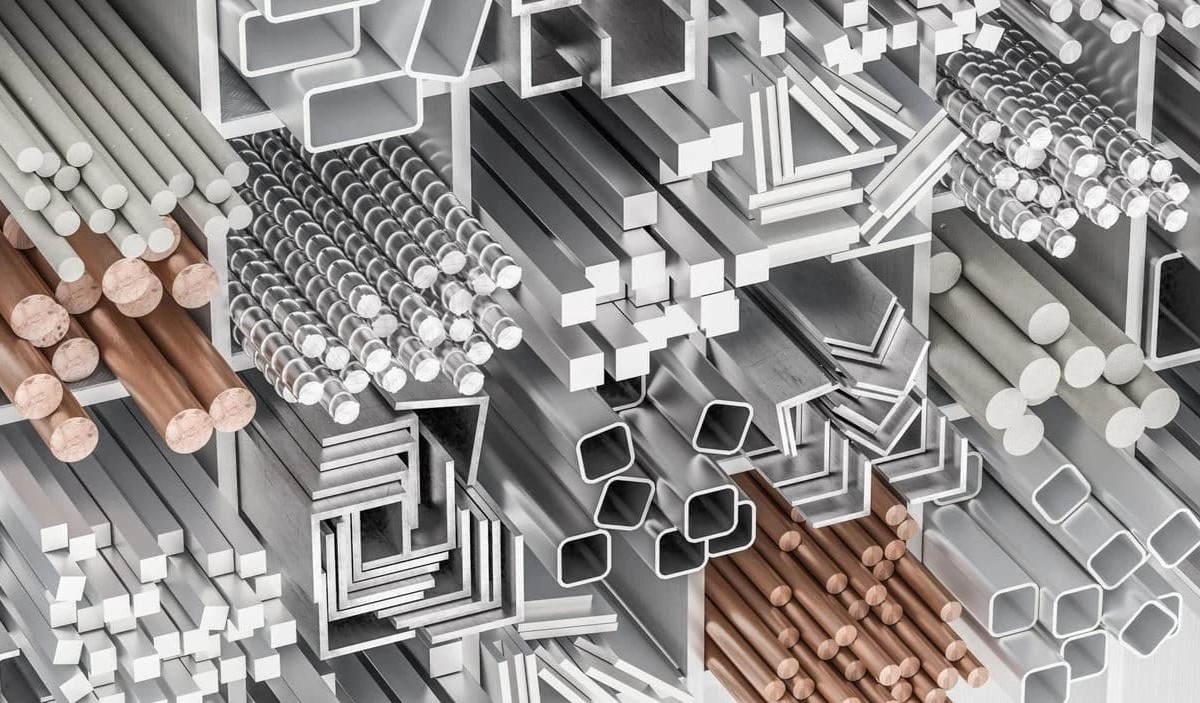
Materials are everywhere, shaping our world in ways we often overlook. From the steel in skyscrapers to the plastic in our gadgets, these substances are the backbone of modern life. But what makes them so special? Why do some materials conduct electricity while others insulate? How can a tiny tweak in their structure change everything? In this post, we'll uncover 25 mind-blowing facts about materials that will make you see everyday objects in a whole new light. Get ready to dive into the amazing world of materials and discover the secrets behind the stuff we use daily!
25 Facts About Materials
Materials shape our world. From the clothes we wear to the buildings we live in, they play a crucial role in our daily lives. Here are some fascinating facts about various materials that might surprise you.
Metals
Metals are everywhere, from the coins in your pocket to the skyscrapers in big cities. They have unique properties that make them indispensable.
- Gold is so malleable that a single gram can be beaten into a sheet covering a square meter.
- Aluminum is the most abundant metal in the Earth's crust, making up about 8% of its weight.
- Stainless steel is an alloy of iron, carbon, and at least 10.5% chromium, which makes it resistant to rust.
- Titanium is as strong as steel but 45% lighter, making it ideal for aerospace applications.
- Copper has been used by humans for over 10,000 years, dating back to ancient civilizations.
Polymers
Polymers are long chains of molecules that make up many of the materials we use daily, from plastic bottles to rubber tires.
- Polyethylene is the most common plastic, used in everything from shopping bags to bulletproof vests.
- Nylon was the first synthetic fiber, introduced in the 1930s, and revolutionized the textile industry.
- Silicone is a versatile polymer used in medical implants, cookware, and even electronics due to its stability and heat resistance.
- Kevlar is a polymer five times stronger than steel, used in bulletproof vests and protective gear.
- Polystyrene is a lightweight plastic used in packaging and insulation, known for its excellent thermal properties.
Ceramics
Ceramics are non-metallic, inorganic materials that are typically hard and brittle. They have a wide range of applications, from pottery to advanced engineering.
- Porcelain is a type of ceramic known for its strength, durability, and white, translucent appearance.
- Glass is technically a ceramic, made by cooling molten silica rapidly to prevent crystal formation.
- Zirconia ceramics are used in dental implants and hip replacements due to their biocompatibility and strength.
- Alumina is a ceramic used in electronics, cutting tools, and as a refractory material due to its high melting point.
- Ceramic tiles are popular in construction for their durability, water resistance, and aesthetic appeal.
Composites
Composites combine two or more materials to create a product with superior properties. These materials are used in everything from sports equipment to aerospace.
- Carbon fiber composites are incredibly strong and lightweight, used in aircraft, sports cars, and high-performance bicycles.
- Fiberglass is a composite made of glass fibers and resin, used in boat hulls, car bodies, and insulation.
- Concrete is a composite of cement, water, sand, and gravel, essential for modern construction.
- Plywood is a composite wood product made by gluing together thin layers of wood veneer, used in furniture and construction.
- Kevlar-reinforced composites are used in protective gear, offering high strength and impact resistance.
Natural Materials
Natural materials come from plants, animals, or minerals and have been used by humans for thousands of years.
- Cotton is a natural fiber used in textiles, known for its softness, breathability, and versatility.
- Wool is a natural fiber from sheep, valued for its warmth, durability, and moisture-wicking properties.
- Leather is a durable and flexible material made from animal hides, used in clothing, accessories, and furniture.
- Wood is a versatile natural material used in construction, furniture, and paper production.
- Silk is a natural protein fiber produced by silkworms, prized for its softness, sheen, and strength.
Final Words on Materials
Materials shape our world in countless ways. From the strength of steel to the flexibility of rubber, each material has unique properties that make it special. Understanding these properties helps us build better, safer, and more efficient products. Glass, for instance, isn't just for windows; it's used in technology, medicine, and even art. Plastics have revolutionized packaging, but they also pose environmental challenges. Metals like aluminum and copper are essential in electronics and construction. Ceramics offer heat resistance and durability, making them perfect for cookware and space shuttles alike. Even natural materials like wood and cotton continue to be indispensable in our daily lives. Knowing these facts not only broadens our knowledge but also inspires innovation. So next time you pick up a material, think about its journey and the science behind it.
Was this page helpful?
Our commitment to delivering trustworthy and engaging content is at the heart of what we do. Each fact on our site is contributed by real users like you, bringing a wealth of diverse insights and information. To ensure the highest standards of accuracy and reliability, our dedicated editors meticulously review each submission. This process guarantees that the facts we share are not only fascinating but also credible. Trust in our commitment to quality and authenticity as you explore and learn with us.


